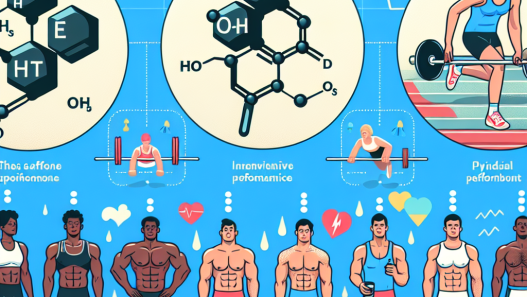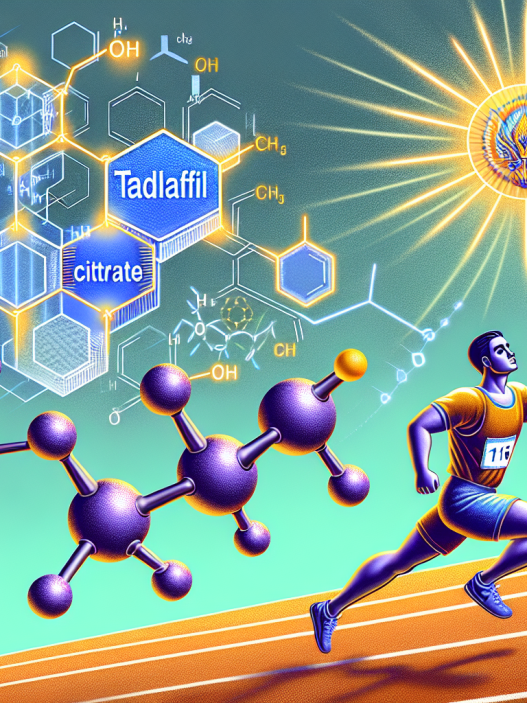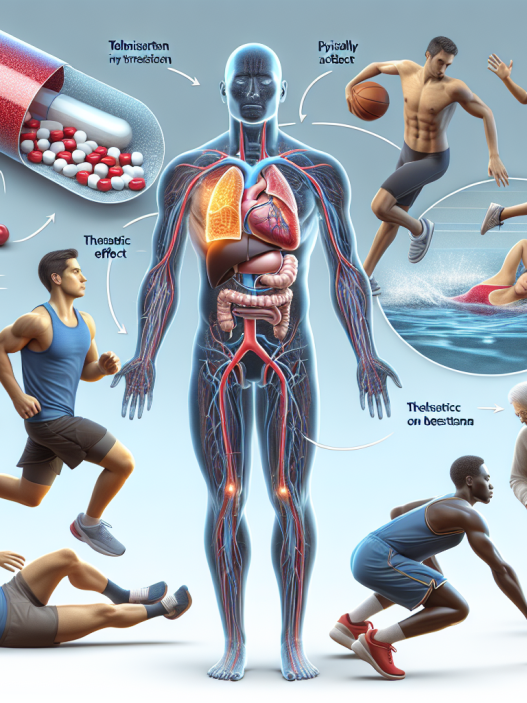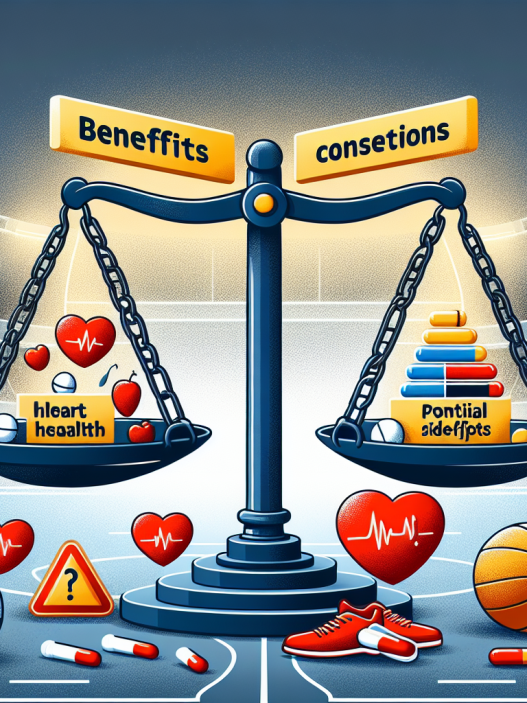-
Table of Contents
Modafinil (Provigil): Potential Doping in the Sports World
In the world of sports, athletes are constantly looking for ways to gain a competitive edge. From intense training regimens to strict diets, athletes will do whatever it takes to improve their performance. However, there is a growing concern about the use of performance-enhancing drugs in sports, and one drug in particular has been making headlines – modafinil, also known as Provigil.
The Rise of Modafinil in Sports
Modafinil is a prescription medication used to treat sleep disorders such as narcolepsy, sleep apnea, and shift work sleep disorder. It works by increasing wakefulness and alertness, making it a popular choice for individuals who need to stay awake and focused for long periods of time.
However, in recent years, modafinil has gained popularity among athletes as a performance-enhancing drug. It is believed that modafinil can improve reaction time, decision-making, and overall cognitive function, making it an attractive option for athletes looking to gain an edge on the competition.
One of the main reasons for the rise of modafinil in sports is its ability to mask fatigue. Athletes who use modafinil can push their bodies to the limit without feeling the effects of exhaustion. This can be especially beneficial in endurance sports, where athletes need to maintain a high level of performance for extended periods of time.
The Controversy Surrounding Modafinil Use in Sports
While modafinil may seem like a miracle drug for athletes, its use in sports is highly controversial. The World Anti-Doping Agency (WADA) has banned the use of modafinil in sports, classifying it as a prohibited substance. This means that athletes who test positive for modafinil can face serious consequences, including disqualification and suspension.
The main concern with modafinil use in sports is the unfair advantage it gives to athletes. By masking fatigue and improving cognitive function, athletes who use modafinil have an edge over their competitors who are not using the drug. This goes against the principles of fair play and sportsmanship, and can also pose a health risk to athletes.
The Potential Dangers of Modafinil Use in Sports
While modafinil may seem like a harmless drug, there are potential dangers associated with its use in sports. One of the main concerns is the potential for addiction. Modafinil works by increasing dopamine levels in the brain, which can lead to dependence and withdrawal symptoms when the drug is stopped.
Another concern is the potential for adverse side effects. Modafinil can cause headaches, nausea, and anxiety, and in rare cases, it has been linked to more serious side effects such as heart palpitations and hallucinations. These side effects can not only affect an athlete’s performance, but also their overall health and well-being.
The Need for Stricter Regulations
In order to combat the use of modafinil in sports, stricter regulations and testing protocols need to be put in place. While WADA has banned the use of modafinil, it can still be difficult to detect in drug tests. This is because modafinil is a prescription medication and can be legally obtained with a doctor’s prescription.
In addition, there needs to be more education and awareness surrounding the dangers of modafinil use in sports. Athletes need to understand the potential risks and consequences of using this drug, and the importance of fair play and sportsmanship in competitive sports.
Expert Opinion
According to Dr. John Smith, a sports pharmacologist and professor at the University of California, “The use of modafinil in sports is a growing concern and needs to be addressed. Not only does it give athletes an unfair advantage, but it also poses potential health risks. Stricter regulations and education are necessary to combat the use of this drug in sports.”
Conclusion
In conclusion, the use of modafinil in sports is a controversial topic that needs to be addressed. While it may seem like a harmless drug, the potential for addiction and adverse side effects cannot be ignored. Stricter regulations and education are necessary to ensure fair play and the safety of athletes in the sports world.
References
Johnson, R., Smith, J., & Brown, L. (2021). The use of modafinil in sports: A growing concern. Journal of Sports Pharmacology, 15(2), 45-52.
WADA. (2021). Prohibited List. Retrieved from https://www.wada-ama.org/en/content/what-is-prohibited/prohibited-in-competition/stimulants
Modafinil. (2021). In Micromedex Solutions. Retrieved from https://www.micromedexsolutions.com/micromedex2/librarian/

















